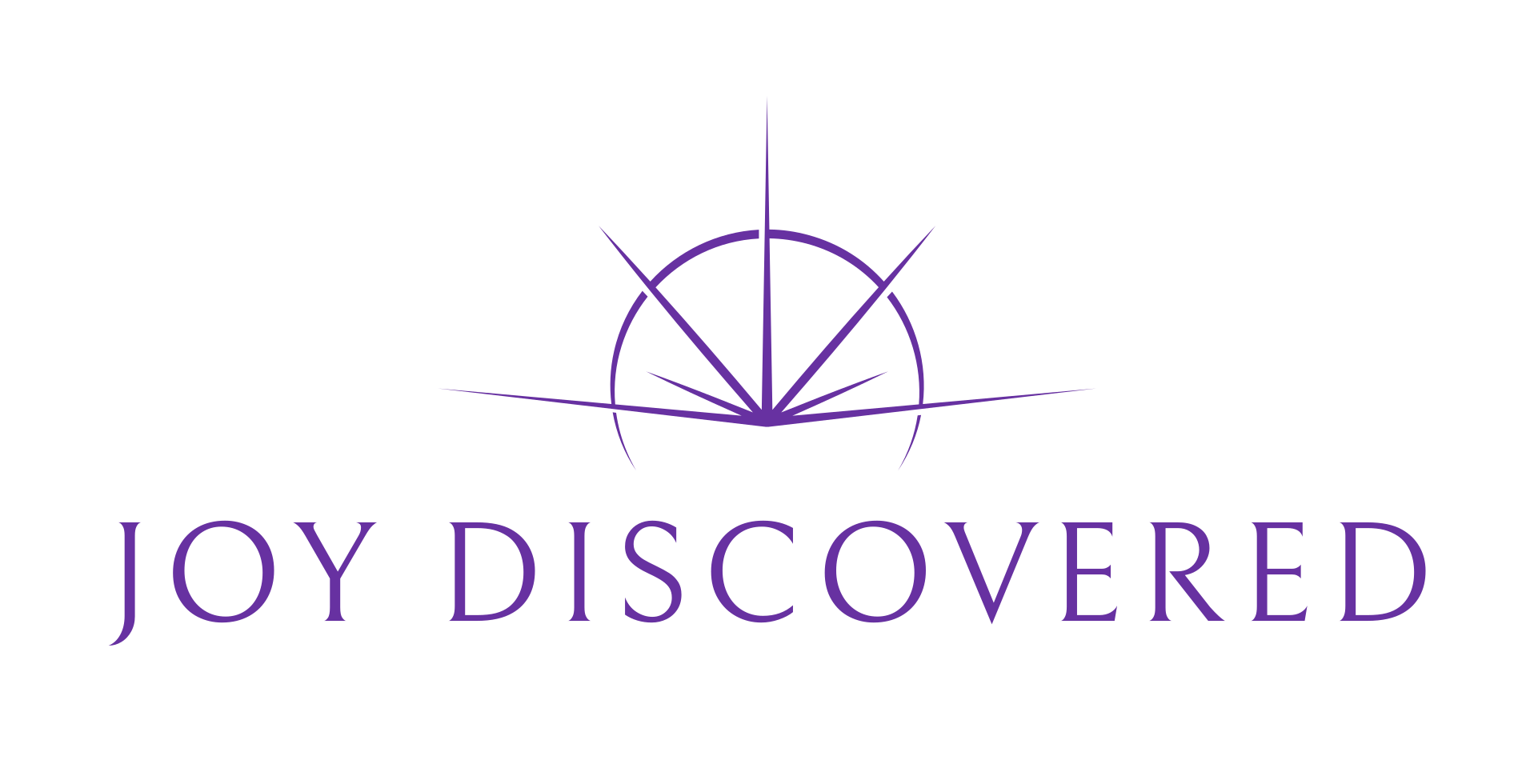How Emotions Drive Our Decision-Making

As leaders, we often find ourselves making decisions we believe to be rooted in logic and reason. However, it might surprise you to learn that emotions play a pivotal role in every decision we make, both big and small. We tend to act based on emotions or habits before attempting to justify our choices logically. This phenomenon holds true whether we’re buying a car, seeking the guidance of a coach, or even selecting the groceries we bring home.
Consider the process of purchasing a car. While we may initially assume that we’d rationally analyze the specifications to make the best choice, we are more likely to be swayed by how each vehicle makes us feel during a test drive. It’s the emotional connection that guides our final decision, not just the cold hard facts.
Similarly, when working with a coach, our primary aim might be a tangible outcome like increased earnings or reduced stress. These objectives are driven by our emotional desires for financial security and well-being, which motivate our actions and choices.
Even our grocery shopping reveals the influence of emotions. We often stick to certain brands because they resonate with our values or evoke pleasant memories. If we prioritize our family’s health, the emotional satisfaction of purchasing organic products can often outweigh strictly practical considerations.
Translating this insight to leadership, we realize that our teams operate in a similar manner. While the conventional approach was to instill fear and compliance, the contemporary era calls for a more emotionally intelligent approach. The modern leader understands that employees are not just motivated by their paycheck, but by the feelings of purpose, recognition, and growth that their work elicits.
This is why sales teams often engage in competitions or maintain leaderboards. Such tactics tap into the power of emotion, channeling it towards a shared goal. By kindling healthy competition and fostering a sense of accomplishment, these techniques drive employees to go beyond their perceived limits.
However, to harness the force of emotion for effective leadership, we must begin by mastering our own emotional landscapes. After all, we can only lead others as far as we have led ourselves. By gaining a deep understanding of our emotions, we can leverage them to inspire and motivate those we lead. At the same time, this self-awareness prevents our own emotions from hijacking our intended behaviors.
In conclusion, the importance of managing others’ emotions as a leader cannot be understated. Emotions are the driving force behind decisions, actions, and achievements, both individually and collectively. By embracing emotional intelligence, we can propel our teams toward success by connecting with their innate desires and aspirations. The art of emotionally intelligent leadership begins with mastering our own emotions and understanding their impact, enabling us to forge stronger bonds, inspire higher performance, and ultimately create a more harmonious and productive work environment.
Love and success,
💜 Your coach,
Sara
P.S. My #1 top-requested leadership training is titled “High-Impact Leadership: Increasing Engagement & Retention With Emotional Intelligence.” As a workshop OR keynote, this session will help your leaders assess their skills and areas for growth within the four pillars of emotional intelligence, which you now know is a KEY factor in the success of your team. Book a free training consult HERE to discuss how this session can help you develop your leaders!

What's your greatest take-away from this blog? Any questions?